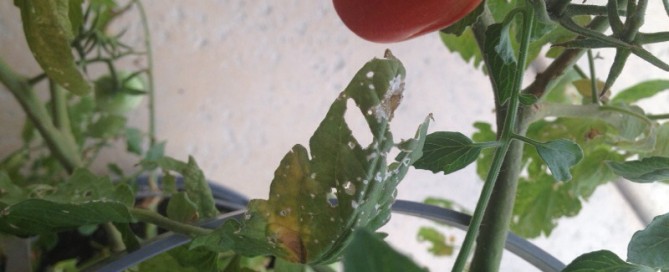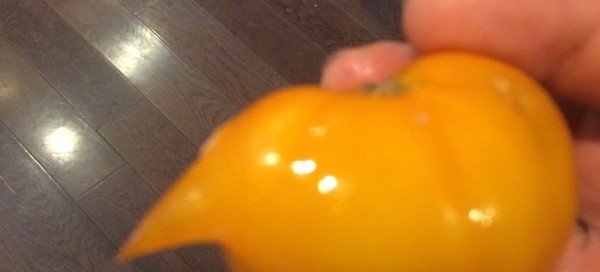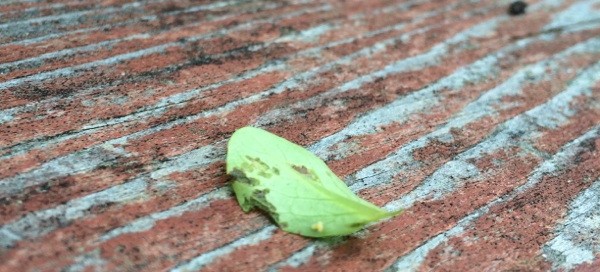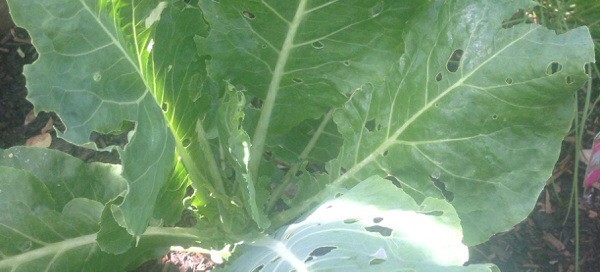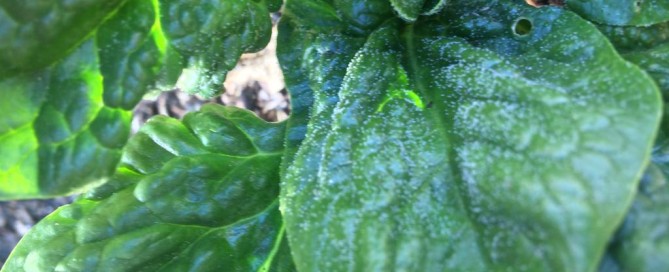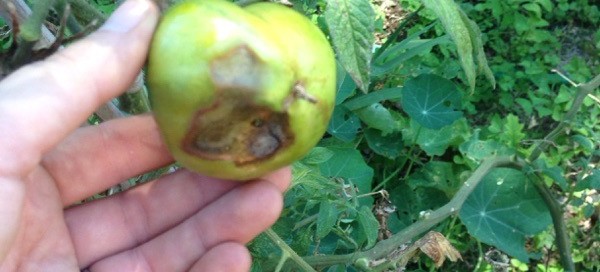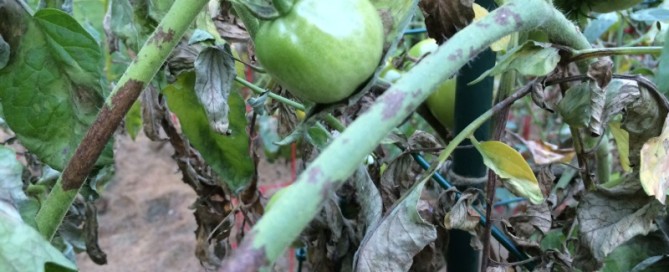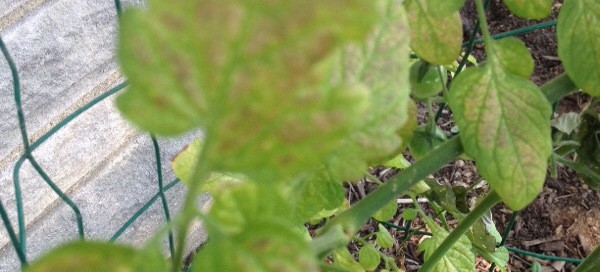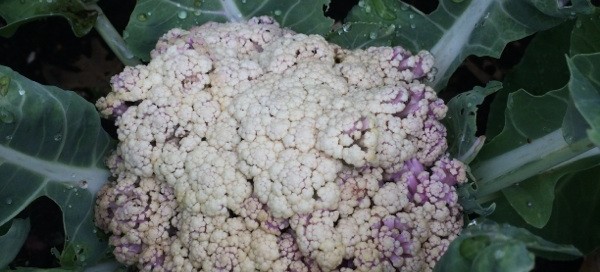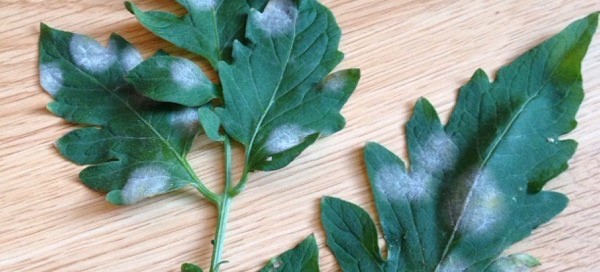Water Issues
You may not be keeping the soil evenly moist? Tomato fruit will crack when extreme fluctuations in moisture occur at the root zone. When conditions are dry (or there's too much salt (including fertilizers) in the soil) leaves may turn brown a the tips and edges. Fruit may appear to be okay but then when water is applied it causes the fruits to swell and crack. We've included a link about growing Tomatoes with info about their common issues/challenges, but we can recommend watering more deeply less often, rather than applying smaller amounts every day. Tomatoes are deep rooted plants, and if water is available will be healthier. Do not allow extreme fluctuations in soil moisture, but try to water according to the plants needs (temp and humidity affect those needs). You can water when the upper 2inches of soil is dry and apply an adequate amount. Use "water cycling" if water does not enter the soil quickly.
http://www.ipm.ucdavis.edu/PMG/GARDEN/VEGES/tomato.html
